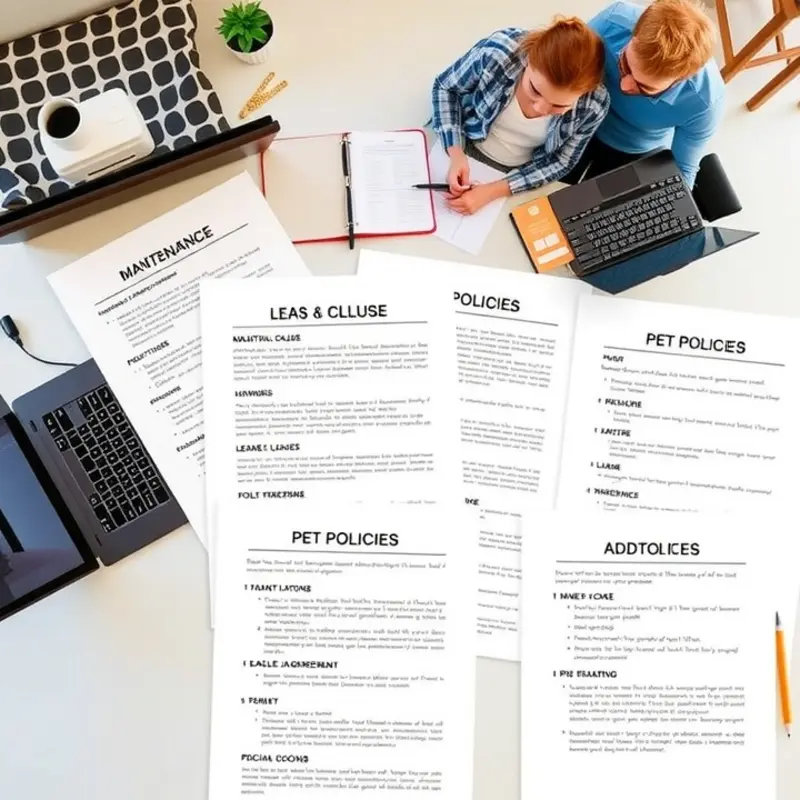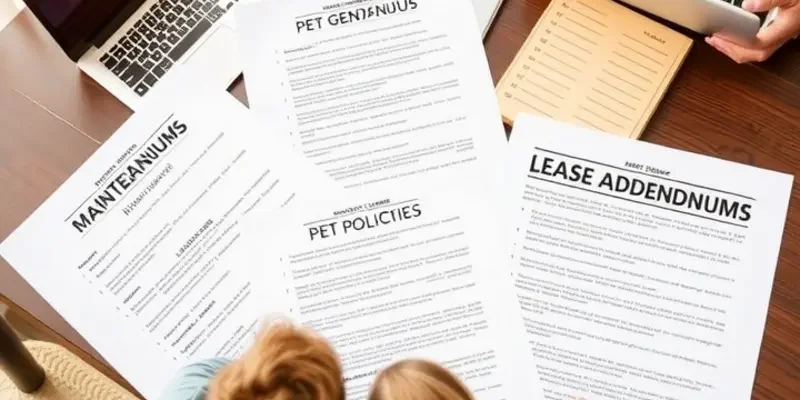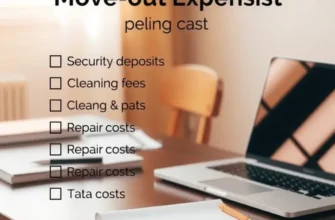For many young professionals, first-time renters, and students, signing a lease can feel like a complex puzzle. Lease agreements are often packed with legal jargon and fine print, making it difficult to identify crucial components like addendums. These addendums, which modify or add specific terms to the lease, are significant in understanding your rights and responsibilities as a tenant. They can cover various aspects, like maintenance requirements, pet policies, and alterations to the rental unit. The good news is that by grasping the essentials of lease addendums, you can approach renting with confidence and avoid surprises down the line. Whether you are a couple searching for your first apartment or a family planning a move, understanding these documents is key to making informed decisions and ensuring a smooth renting experience. Let’s dive into this guide to make lease addendums clear and straightforward.
What are Lease Addendums?

Lease addendums are powerful tools that can significantly impact your rental experience. Essentially, they are supplementary documents that alter or explain specific aspects of your original lease. Recognizing the weight they carry is crucial for any renter seeking a smooth and transparent tenancy.
Addendums serve several purposes, ranging from adjusting terms to incorporating new agreements or setting out additional responsibilities. Unlike amendments, which replace entire sections of your lease, addendums are added on to provide more detail on particular issues. While they may seem daunting at first, understanding them can prevent misunderstandings and ensure you and your landlord are on the same page.
Let’s explore the common types of lease addendums. One of the most frequent is the pet addendum. This document lays out terms regarding pet ownership on the property—it specifies allowed pet types, sizes, and any associated fees or deposits. Such an agreement is crucial if you’re living with a furry friend.
Another widespread type is the maintenance addendum. This details the tenant’s and landlord’s obligations regarding property upkeep. It often outlines procedures for reporting issues and potential charges for neglected responsibilities. Knowing the ins and outs of this addendum can save you from unexpected expenses.
Utility Addendums are also quite common. These specify how utility costs are handled—whether they are included in your rent or require separate payment. They clarify each party’s duty and can aid in minimizing disputes over billing. For effective management of these expenses, consider exploring practical tips on resolving rental billing errors.
A lesser-known yet vital type is the early termination addendum, which outlines the conditions under which you can end your lease early. This could include penalties for breaking the lease and what notice period to provide. Understanding these terms can give you flexibility should your circumstances change unexpectedly.
Such addendums, while beneficial, require careful scrutiny. Ensure each addendum is attached to your lease and clearly referenced. Before signing, read through each document thoroughly and seek clarification on any point you find unclear. Remember, negotiation is possible, and both parties should find the terms agreeable.
Conclusively, lease addendums can greatly influence your renting journey. Identifying and comprehending them can lead to a more transparent and less stressful rental experience, safeguarding your rights and responsibilities as a tenant.
Essential Addendums Every Renter Should Know

Understanding lease addendums is crucial for a smooth rental experience. These documents add specificity to lease agreements and establish expectations between you and your landlord. Here, we explore common addendums, including maintenance, pets, and security deposits, that can significantly affect your rental journey.
Maintenance Addendums
One of the most pivotal addendums pertains to maintenance responsibilities. This addendum outlines who is responsible for repairs and upkeep. Generally, landlords handle major repairs, such as plumbing or electrical issues. However, some agreements may place responsibility for routine maintenance, like changing air filters or light bulbs, on the tenant. Read this section carefully to avoid unexpected responsibilities during your lease term.
Pet Addendums
If you plan to rent with pets, a pet addendum is essential. This document details pet policies, including any additional fees or deposits. It also outlines pet behavioral expectations and restrictions on certain breeds. Understanding these terms can prevent disputes and ensure a pet-friendly rental experience. For tips on engaging indoor activities with your pet, check out our pet-friendly indoor activities resource.
Security Deposit Addendums
Most leases will include a security deposit addendum. It specifies the amount required and conditions for its return. Pay attention to what it covers—any damage beyond normal wear and tear can affect your refund. Document the property condition both at move-in and move-out to avoid disputes.
Utilities Addendums
Utility addendums clarify which utilities are included in the rent and which are tenant responsibilities. This section may include specifics like shared meter information or allocated billing. A lack of clarity here can lead to unexpected expenses, so ensure you fully understand this part of your agreement.
No-Smoking Addendums
Increasingly common, no-smoking addendums prohibit smoking in certain areas or entirely within a property. These clauses are aimed at protecting property and preventing conflicts among tenants. Violation of this addendum can lead to penalties or even eviction.
Conditional Renewal Addendums
Tenant renewal can also come with specific conditions. Conditional renewal addendums may outline changes in rent or new rules for an extended lease term. This document should inform your decision when considering extending your lease.
Renter’s Insurance Addendums
Some landlords require renter’s insurance, detailed in a specific addendum. This not only protects your belongings but can also cover damages to the apartment. Confirm if it’s mandatory by consulting this addendum.
Comprehending these common lease addendums empowers you to navigate your rental contract confidently. These additions to your lease are not just formalities but critical agreements that govern your living situation. Ensure you fully understand each one to maintain a harmonious and hassle-free rental experience.
Final words
Understanding lease addendums is crucial for any renter looking to secure their rights and clarify their obligations. Knowing common addendums and what to look for can save you headaches in the renting process. Whether dealing with maintenance issues, pet policies, or moving responsibilities, being proactive about understanding your lease ensures smoother transitions and greater peace of mind. As a renter, never hesitate to ask your landlord about any unclear terms or addendums before signing. Being informed empowers you to enjoy your new home fully.









